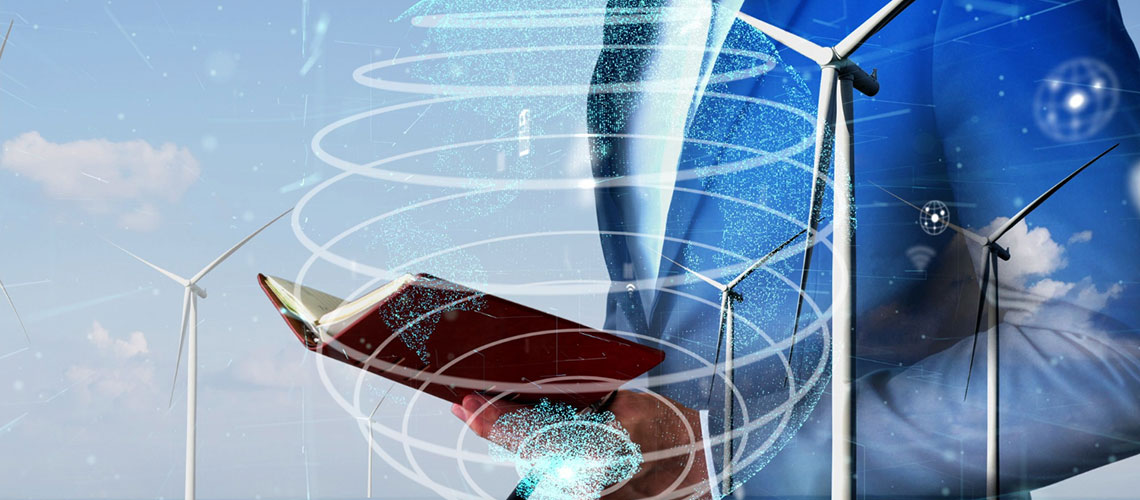Storing the Sun and Wind: How Battery Technology Shapes the Future of Renewable Energy Reliability

There’s no denying it—India is going big on green energy. Walk through the countryside or fly over the plains, and you're likely to spot wind turbines spinning gracefully or solar panels soaking up the sun. It’s a hopeful sight. But here’s the catch: the sun doesn’t shine at night, and wind doesn’t always blow on schedule. That’s where the real challenge lies: how do we store all that clean energy for later use?
Enter battery technology. Think of it like a savings account for electricity. When there’s a surplus of solar or wind power, we store it. When production dips, we withdraw it. Sounds simple, right? In reality, it’s a complex, fast-evolving field that holds the key to India’s energy future.
At Jindal India Renewable Energy (JIRE), we are already seeing the big picture. While JIRE isn’t yet manufacturing, we’re actively exploring and investing in wind and solar power energy in India, and crucially, Battery Energy Storage Systems (BESS). These efforts signal a shift in how we think about energy: not just generating it, but making it available anytime, anywhere.
Why Storage Matters More Than Ever
Let’s face it—relying solely on sunshine and wind breezes can be unpredictable. A cloudy day or a lull in the wind can mean lower energy output. Battery energy storage systems bridge that gap by storing excess energy produced during peak conditions and releasing it during downtimes.
This becomes especially important as more wind power generation plants and solar farms pop up across the country. Without proper storage, much of the energy produced could go to waste, or worse, cause instability in the power grid. That’s why battery technology isn’t just a “nice-to-have”; it’s a “must-have” for a truly reliable renewable energy system.
Solar and Wind: Growing, but Needing Backup
India’s progress in clean energy is impressive. According to recent reports, the country ranks among the top nations in installed solar power energy capacity. Rooftop solar panels are becoming more common in homes and businesses, and large-scale solar farms are accelerating India’s green energy transition.
Meanwhile, the wind energy industry in India is also seeing a steady upswing. Coastal areas and parts of southern and western India are home to major wind power generation plants. Together, wind and solar are forming the backbone of India’s clean energy goals.
But here’s where the problem kicks in. Solar panels work best during the day, and wind turbines need—well—wind. When these sources are down, conventional grids have to fall back on fossil fuels. Without reliable storage, renewables remain at the mercy of nature’s mood swings.
Batteries: The Game-Changer
So, how do battery storage systems actually work? In simple terms, they collect and store electrical energy using chemical reactions. The most common type—lithium-ion batteries—are already used in your smartphone and electric vehicles. However, when scaled up, they can store massive amounts of power from wind and solar sources.
Think of a large solar farm in Rajasthan or a wind power generation plant in Tamil Nadu. With battery storage, the electricity generated there during peak hours can be stored and used during high-demand periods—even after sunset or on calm days.
Jindal India Renewable Energy (JIRE) is paying close attention to this shift. By actively exploring and investing in battery energy storage systems, JIRE is laying the groundwork for a more flexible, future-ready grid. Our approach aligns with global energy trends where integrating storage with renewables is considered essential for long-term sustainability.
A Future You Can Count On
Imagine a future where your home runs on stored solar energy even after dark, where factories continue operations without fuel interruptions, and where villages light up using wind power stored days earlier. This isn’t science fiction—it’s the direction India is heading, thanks to better storage technology.
The best part? It's scalable. From small home systems to grid-scale storage supporting entire cities, battery tech adapts to every level of need. And as costs come down and efficiency goes up, it’s becoming more accessible by the day.
JIRE is helping make that future a reality by looking beyond generation and focusing on reliability. With a keen eye on both solar power energy in India and the growing wind energy industry in India, JIRE’s inclination toward battery storage shows a commitment to clean energy that works around the clock.
In a Nutshell
India is generating more clean energy than ever, but to make the most of it, we need smart, scalable storage. Batteries are the bridge that connects unpredictable energy sources like wind and solar to a consistent, reliable power supply. As the sun sets and the winds shift, one thing is clear: the future of renewable energy isn’t just about generating power—it’s about storing it smartly.